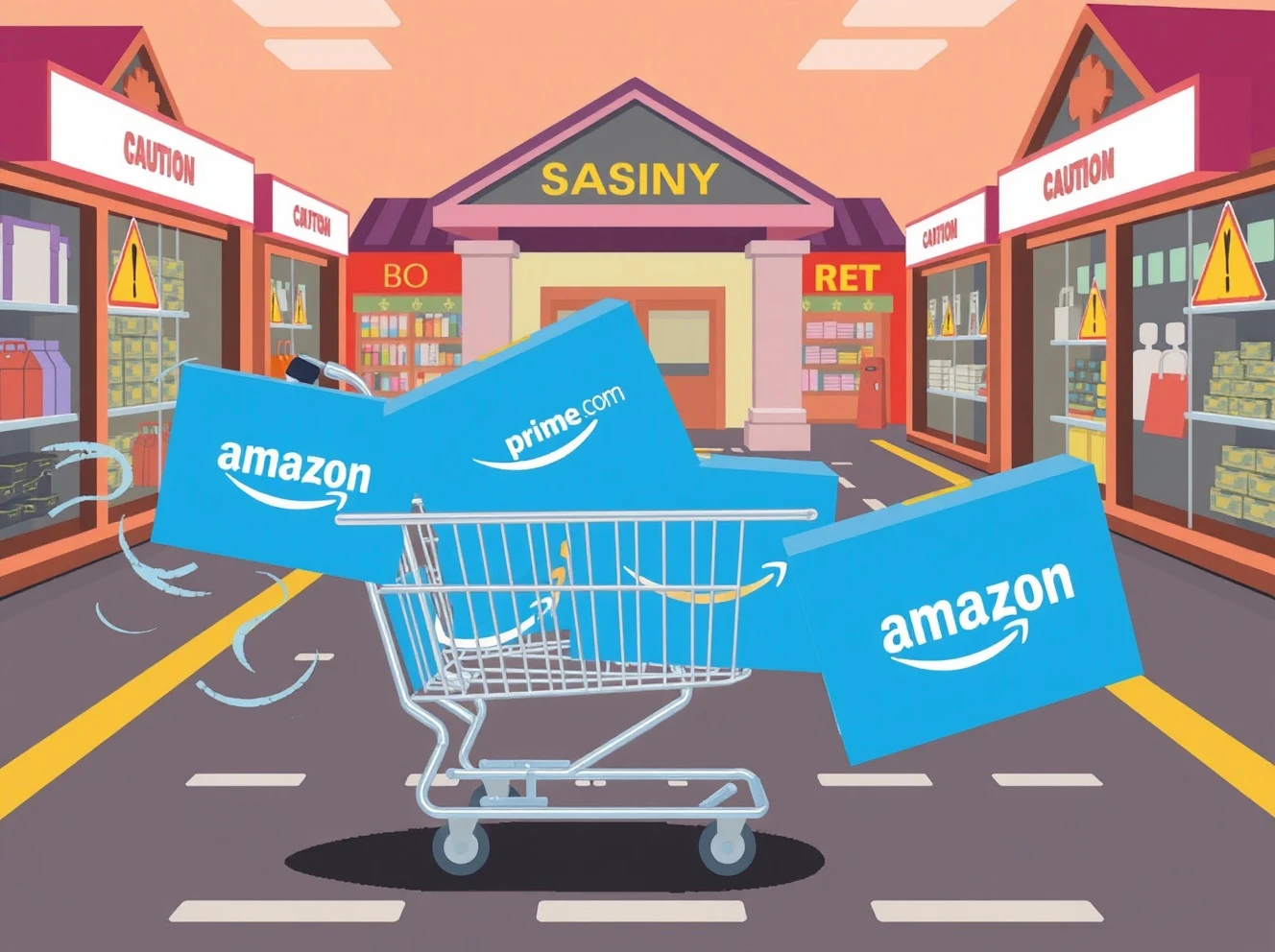Amazon Prime shoppers are fundamentally reshaping retail expectations, sending clear signals to merchants worldwide. Consequently, their evolving preferences create urgent challenges for traditional retailers. Meanwhile, e-commerce giants continue adapting to these shifting consumer demands. Therefore, understanding these changes becomes crucial for business survival.
Amazon Prime Shoppers Transform Retail Expectations
Amazon Prime members demonstrate unprecedented loyalty to fast, free shipping. Additionally, they expect seamless returns and superior customer service. Furthermore, these shoppers increasingly prioritize convenience over brand loyalty. Thus, retailers must adapt or risk losing market share significantly.
The Changing Landscape for Amazon Prime Members
Modern Amazon Prime shoppers exhibit distinct behavioral patterns. They typically compare prices across multiple platforms instantly. Moreover, they read extensive reviews before making purchases. Also, they expect personalized recommendations and lightning-fast delivery. Consequently, traditional retailers struggle matching these elevated service standards.
Retail Industry Response to Amazon Prime Shoppers
Retailers implement various strategies to compete effectively. Many now offer membership programs with similar benefits. Additionally, they invest heavily in logistics and delivery infrastructure. Furthermore, they enhance their online shopping experiences dramatically. However, catching Amazon remains an enormous challenge for most.
Future Implications for Amazon Prime Consumer Behavior
The influence of Amazon Prime shoppers continues expanding rapidly. Their preferences drive industry-wide changes consistently. Moreover, their expectations set new benchmarks constantly. Therefore, retailers must innovate continuously to remain competitive. Otherwise, they face potential obsolescence in this evolving market.
FAQs: Amazon Prime Shoppers and Retail Impact
How are Amazon Prime shoppers different from regular online shoppers?
Amazon Prime shoppers typically spend more money annually. They also shop more frequently across various categories. Additionally, they demonstrate higher expectations for shipping speed and customer service quality.
What specific behaviors make Amazon Prime shoppers challenging for retailers?
These shoppers compare prices extensively across platforms. They expect free returns and fast shipping consistently. Moreover, they rely heavily on customer reviews and ratings before purchasing decisions.
How can traditional retailers compete with Amazon Prime benefits?
Retailers can develop their own loyalty programs effectively. They should focus on niche markets and specialized products. Additionally, improving in-store experiences creates competitive advantages against pure online players.
What percentage of online shoppers are Amazon Prime members?
Amazon Prime boasts over 200 million members globally. These members represent a significant portion of frequent online shoppers. Furthermore, their spending patterns influence retail trends substantially.
Are Amazon Prime shoppers loyal to specific brands?
Prime shoppers typically prioritize convenience and price over brand loyalty. They frequently switch between sellers offering better deals. However, they demonstrate strong loyalty to the Amazon ecosystem itself.
How has COVID-19 affected Amazon Prime shopping behavior?
The pandemic accelerated adoption of online shopping dramatically. Prime members increased their shopping frequency significantly. Moreover, they expanded into new product categories previously purchased in physical stores.








